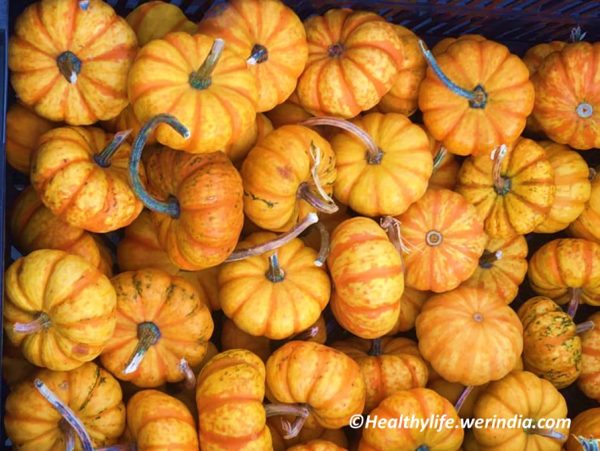
Improve Your Spine Health By Strengthening Multifidus Muscles Through Yoga
The multifidus muscles are a series of small but crucial muscles along the spine that provide stability and support. They run from the sacrum at the base of the spine up to the cervical region, attaching to the vertebrae. Strong and functional multifidus muscles are essential for maintaining proper posture, spinal alignment, and overall back health.
Importance of multifidus muscles:
- Spinal Stability: They help stabilize the spine during movement.
- Posture: They support the vertebrae, aiding in maintaining an upright posture.
- Injury Prevention: A strong multifidus reduces the risk of back injuries and pain.
- Movement Efficiency: They assist with controlled and efficient movement, especially in the lower back.
Yoga poses to strengthen and engage the multifidus muscles:
Yoga can be particularly effective in strengthening and engaging the multifidus muscles. Here are some poses that can help:
Bird-dog pose (Parsva Balasana):
- Start on your hands and knees in a tabletop position.
- Extend your right arm forward and your left leg back, keeping your spine neutral.
- Hold for a few breaths, then switch sides.
This pose engages multifidus by requiring stability and balance.
Locust pose (Salabhasana):
- Lie on your stomach with your arms alongside your body, palms facing up.
- Lift your chest, arms, and legs off the ground, engaging your back muscles.
- Hold for several breaths before lowering back down.
This pose strengthens the entire back, including the multifidus muscles.
Bridge pose (Setu Bandhasana):
- Lie on your back with your knees bent and feet flat on the floor, hip-width apart.
- Lift your hips towards the ceiling while pressing your feet into the ground.
- Engage your core and glutes to maintain stability.
This pose targets the lower back and engages the multifidus muscles.
Side plank (Vasisthasana):
- Begin in a plank position.
- Shift your weight onto your right hand and the outer edge of your right foot.
- Stack your left foot on top of your right and lift your left arm towards the ceiling.
- Hold for a few breaths, then switch sides.
This pose challenges the multifidus to stabilize the spine laterally.
Cat-cow pose (Marjaryasana-Bitilasana):
- Start on your hands and knees in a tabletop position.
- Inhale, arch your back (cow pose), lifting your head and tailbone towards the ceiling.
- Exhale, round your spine (cat pose), tucking your chin to your chest.
This dynamic movement helps to mobilize and strengthen the multifidus muscles through flexion and extension of the spine.
Warrior III (Virabhadrasana III):
- Stand on one leg, extend the other leg back, and lean your torso forward.
- Extend your arms forward or out to the sides for balance.
- Keep your spine neutral and engage your core.
This pose requires balance and strength, engaging the multifidus to maintain stability.
Tips for practicing yoga to engage multifidus muscles:
- Focus on alignment: Proper alignment ensures that you are engaging the correct muscles and not straining other parts of the body.
- Engage the core: A strong core supports the spine and helps engage the multifidus muscles effectively.
- Breathe deeply: Deep, controlled breathing helps to stabilize the core and maintain focus.
- Move mindfully: Slow and controlled movements ensure that you are using the multifidus muscles rather than relying on momentum.
By incorporating these yoga poses into your routine, you can help strengthen and engage the multifidus muscles, contributing to better spinal health, improved posture, and reduced risk of back pain.
Image credit: All 3 images – pxhere.com (CC0 Public Domain)
Author: Sumana Rao | Posted on: September 12, 2025
« Discipline As The Path To Inner Freedom And Peace Can Yoga Help In Overcoming Stomach Acidity Problem? »








